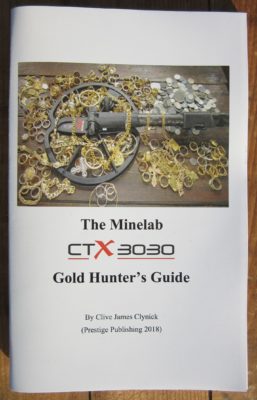II/ CTX 3030 “Trade-offs”
As with any detector, getting the best performance from the CTX requires that the operator understand and mediate a number of “trade-offs”. These consist of a choice and one or more ways (adjustments or method changes) that allow you to affect that choice:
Noise / Stability
-can you hear and identify targets?
-is the machine getting as much depth as possible?
-choices: Auto Sens / Manual (reduce), Open or Closed Screen. (see below).
Auto Sensitivity versus Manual
Characteristics of Auto:
Plus: stable, less falses / cross-feeds / “clean” responses, better target ID
Minus: less depth / harder to acquire targets / less awareness of ground conditions & changes / may drop Sensitivity level too low in extreme ground ie. “ black sand.” / constant changes represent more for the machine to deal with.
Characteristics of Manual:
Plus: deeper / sharper responses / better “notch” capability for closed programs / gives you the ability to run at the “limit”/ gives you a better idea as to what the ground conditions require. / alerts you to more marginal signals
Minus: less stable / more falses, cross-feeds / needs more attention to coil control /
more likely to be too high for the conditions / more “partial” responses need to be checked.
Open Screen versus Closed Screen Methods
Characteristics of Open Screen:
Plus: generally deeper / more small & odd shaped targets , chains, earrings / allows “full” audio on responses (complete and accurate).
Minus: less stable / less distinct target sounds / requires more attention to coil control / more checking of cross-feeds, falses, “partial” target sounds.
Characteristics of Closed Screen:
Plus: more stable / allows higher Sensitivity levels / sharper audio / alerts you to good responses in trash.
Minus: less depth / “sluggish” responses / harder to acquire targets / some targets are only heard partially (bottlecaps for example).
From: “The CTX 3030 Gold Hunt er’s Guide” by Clive James Clynick
er’s Guide” by Clive James Clynick
clivesgoldpage.com